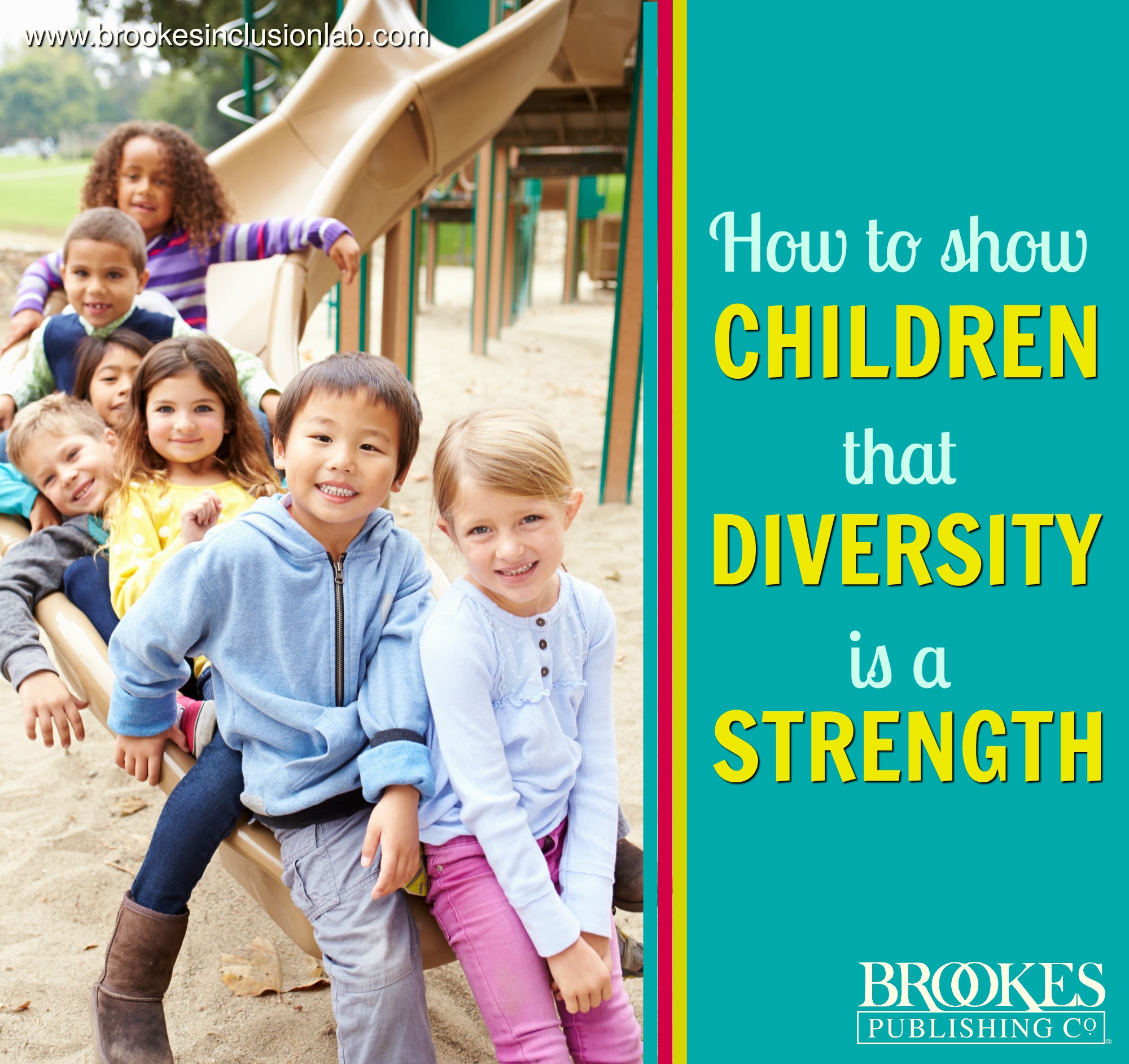The article I read was called “8 Ways to Help Children Value
Cultural Diversity” on parentmap.com. I think this article is relevant to the
question because I feel like the first step of saying the right thing is having
empathy for people who are different. If, as a family, you’re frequently
learning and gaining exposure to different cultures, other people may look a
lot less “other”. They suggested ideas like having a festive evening where you
focus on another culture, eating something from that tradition, share a
folktale, listen to music from the culture, etc. Another was “visit cultural
centers”. I went to the Native American center a couple times in Syracuse
(Great Law of Peace Center), and although it was wildly uncomfortable for me
when they talked about their painful history, it was very informative. The last
idea I really liked was to learn words in a different language, most helpfully,
a language of someone who might be in their class at school. I feel like learning
words in someone’s language is a powerful show of friendship and welcome, and a
great place to start for having positive interactions.

